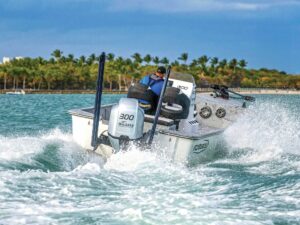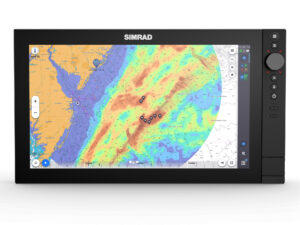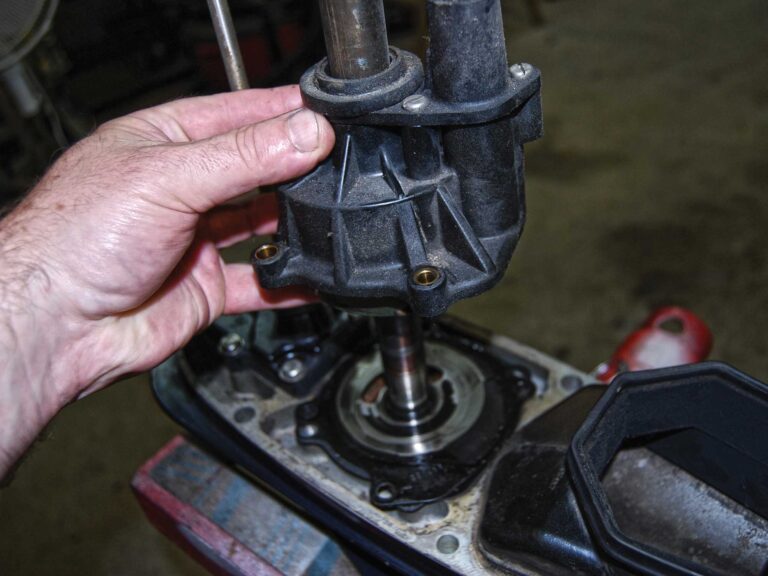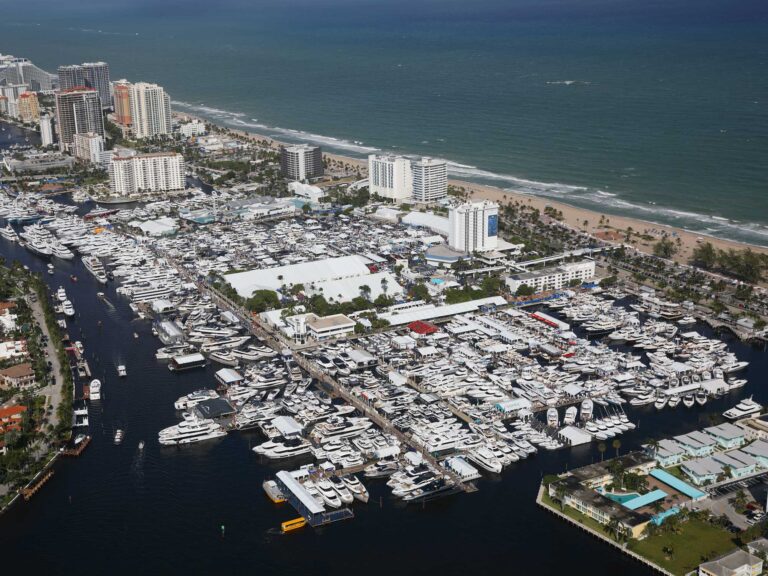I should have added “economy” to the subhead above. I installed a pair of Optima Blue Top AGM (absorbed glass mat) batteries in my boat in June, 2007. Those batteries served me flawlessly until the fall of 2015, when performance started to fall off. (They began self–discharging rapidly and began taking longer to recharge). I finished off the season with them, and then brought them to the scrap yard.

Understand that nine years of service for batteries in marine use, in saltwater, aboard a planing powerboat is outstanding performance. Fast boats, or boats used in rough water, subject batteries to more pounding and AGM batteries possess more durable internal construction than conventional batteries.
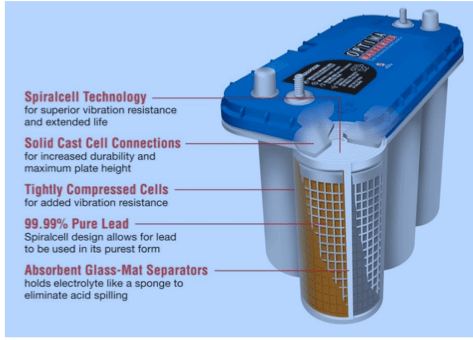
I also routinely deep cycle the batteries aboard my Regulator, Breakway, in the course of running pumps, lights and electronics. My maintenance logs, which go back over 30 years, contain information for several boats all used in just about the same way, show that I never got more than four years out of a pair of wet-cell, conventional lead acid batteries.
So to those who mocked me for “paying too much for batteries” back in 2007 — I say: read this and weep. Price and cost are not the same thing. According to my records, I would have needed three pair of conventional batteries by now and so the higher price of AGM batteries ended up costing less.

Some other benefits I have enjoyed over the last 11 years of AGM ownership include being relieved to check the electrolyte level of the batteries , and adding distilled water, every month. And the fact that AGM batteries pack more power density into a smaller physical size than conventional batteries.
For instance the Optima D34M AGM batteries I just replaced (with another pair of D34Ms) offer 750 Cold Cranking Amps and 120 minutes of reserve capacity. At roughly 10” x 12” x 9”, these are the physical size of a “Group 24” conventional battery, but they pack the punch of a larger, Group 27 conventional battery.
AGM batteries are also spill-resistant. They can be knocked over and still will not let go their electrolyte, since that “acid” is absorbed into the fiberglass rolls inside the battery.
Learn More About Different Battery Types
Now, Optima is not the only maker of AGM batteries. They just happen to be the one that I chose back in 2007. My choice to replace with the same make batteries is a direct result of the performance and peace of mind I have enjoyed. I expect the same for the next 10 years.

